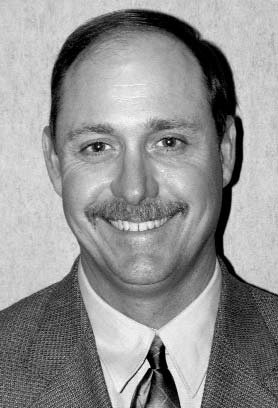This particular aerification, the maintenance staff fertilized the greens a week before aerification. Reason being; In one week from today the grass will be in full strides of growth, we will be aerifying in one week from today. That equals to a faster recovery!!!
Here's a article from the USGA to read up on.
CORE AERATION BY THE NUMBERS
Explaining the need for aeration is often easier if you use specific numbers
The old phrase "pay me now or pay me later" rings true with core aeration. There are many golf courses in the Southeast that have neglected core aeration and probably will face serious problems during a severe summer. This article provides a novel method on how to schedule an effective core aeration program.
Why Aerify?
An important purpose of core aeration is the physical removal of un-wanted organic matter from the upper
portion of the rootzone. Solid tine, deep solid tine, and water injection aeration are other important forms of aeration, but they will not be addressed in this article.
When core aeration is neglected, the upper portion of the profile can bean inhospitable place for plant roots to grow. The pore space in a dense organic layer is dominated by small, water-filled capillary pores, while the large air-filled macropores are lacking. Oxygen is necessary for the plant to carry out respiration, which is the conversion of stored food to energy. Respiration takes place in the roots and, therefore, good air exchange in the upper soil profile is vital to plant survival.
How Much
Number of Aerifications
CHRIS HARfWIGER, agronomist, and PATRICK O'BRIEN, director, make common sense of turfgrass management in the USGA Green Section Southeast Region. aeration may take twice as long and use nearly twice as much sand, but it does not take twice as long for the holes to heal.
By the Numbers We have found that when dealing with course officials, it is easier to focus on a specific number (e.g., impacting 20% of surface area) instead of bogging them down with the details of hole spacing, tine size, etc. Once your golf course commits to a specific aeration goal, you can offer them choices on how to reach the goal.
Core aeration is one of the most important preventative maintenance practices used on putting greens.
Modify the recommendations in this report to your specific situation and make common sense adjustments as
needed. Core aerify by the numbers and your greens will enjoy the benefits. an inhospitable place for plant roots to grow. The pore space in a dense organic layer is dominated by small, water-filled capillary pores, while the large air-filled macropores are lacking. Oxygen is necessary for the plant to carry out respiration, which is the conversion of stored food to energy. Respiration takes place in the roots and, therefore, good
air exchange in the upper soil profile is vital to plant survival.
How Much is Enough?
One of the most difficult parts of scheduling an aeration program is to determine how much aeration is adequate to manage the organic layer in the upper portion of the profile. There is no accepted rule of thumb for what percentage of surface area should be impacted each year, but it is safe to say there are more greens that have been aerified too little as opposed to too much.
In our experience, golf courses with successful, mature greens have been on a core aeration program where 15- 20% of the surface area has been impacted each year. Note that this 15- 20% goal does not specify tine size, hole spacing, or frequency.
Setting Up Your Program
The amount of surface area impacted is a direct result of tine size, tine spacing, and frequency. Impacting 15-30% of the surface area each year is a reasonable goal for mature, well-maintained greens in the Southeast. If aeration has been neglected, a more aggressive program may be warranted.
By changing from a 1/4" tine to a 1/2" tine increases the surface area impacted by four times. Using a 5/8" tine instead of a 1/2" tine increases the surface area impacted by approximately 50%. Changing spacing from 2" x 2" to 1" x 2" with 3/8" tines increases surface area impacted by 100%! This practice was started in 2008 when I came aboard. Wow! That's Awesome!

No comments:
Post a Comment